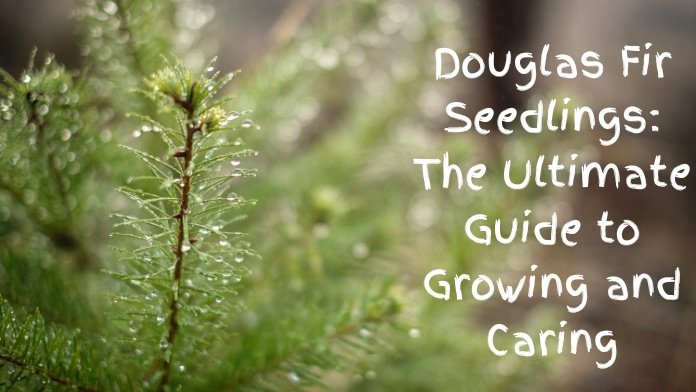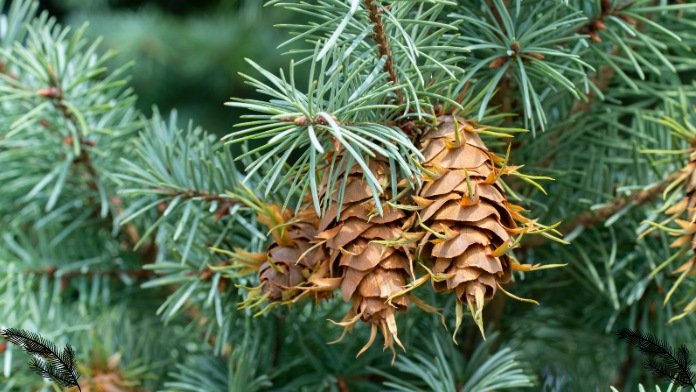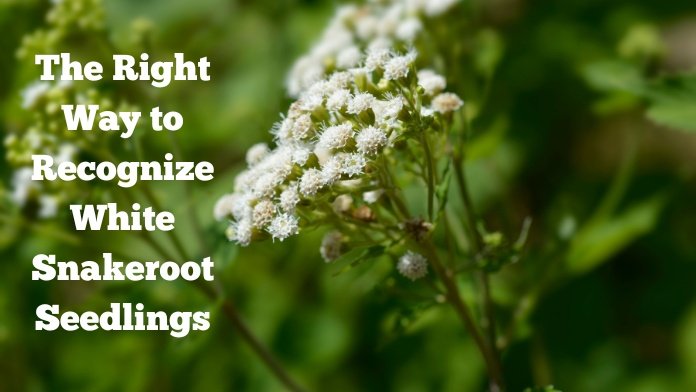Douglas Fir Seedlings: The Ultimate Guide to Growing and Caring
September 30, 2024 | by Noor Nahar Tarin

Douglas fir seedlings are one of the most widely used tree species for landscaping, reforestation, and lumber production.
These seedlings, distinguished by their distinctive green needles, straight trunks, and quick development, provide several advantages for anybody concerned with forestry or landscape design.
In this guide, we’ll cover all you need to know about planting, caring for, and successfully growing Douglas fir seedlings.
Douglas Fir Seedlings: What Are They?
Native to North America, the Douglas fir (Pseudotsuga menziesii) is prized for the wood it produces, used for building, furniture, and papermaking. Young trees, known as seedlings, usually no older than two years, can be planted to grow into mature Douglas fir trees that can reach heights of up to 100 feet.
Why Select Seedlings of Douglas Fir?
Douglas fir seedlings are preferred for several reasons:
Quick Growth
Because of its reputation for growing swiftly, Douglas fir is an excellent option for producing timber or rapidly adding height to a landscape.
Hardness
Douglas firs are a popular choice for reforestation because of their adaptability to various soil types and temperatures.
Appeal to the Senses
Douglas fir trees are visually pleasing in natural and groomed settings because of their straight trunks and luxuriant needles.
Wildlife Habitat
Under the dense foliage of Douglas fir, birds and small mammals, in particular, find food and refuge.
How to Plant Seedlings of Douglas Fir
Proper planting of Douglas fir seedlings guarantees their growth and health for many years. To ensure a successful planting, follow these steps:
Select the Appropriate Site
Full sun or some shade, as well as well-drained soils, are ideal for Douglas fir growth. When the weather is colder and the soil is moist, early spring or late fall are the perfect times to plant seedlings.
Get the Soil Ready
Douglas fir seedlings prefer neutral to slightly acidic soils (pH 5.5 to 6.5). Before planting, test your soil and make any necessary amendments. Standing water can cause root rot, so make sure the soil drains properly.
Remove the Hole
Not too deep, but twice the size of the seedling’s root ball should be dug. The roots ought to be barely visible. Verify that the hole is sufficiently large to allow the roots to spread out organically.
Set the seedling in place
As you plant the seedling in the middle of the hole, make sure it is straight. Carefully backfill the soil, pressing it down to remove any air pockets. As soon as the seedling is planted, water it to encourage soil settling and hydrate the roots.
Water and Mulch
Mulching the area around the seedling’s base keeps moisture and weeds out of the way. As the seedlings build their root systems, especially in the first few years, regular irrigation is given to them. Steer clear of overwatering, as this might promote the growth of fungi and root problems.
Taking Care of Seedlings of Douglas Fir

Once you plant your seedlings, you must provide them with the proper care so that they thrive and survive.
Watering
Douglas fir seedlings require constant moisture, particularly in arid spells. They ought to be balanced, though. It is best to deep water once a week, letting the soil dry out slightly in between.
The process of fertilization
Treat Douglas fir seedlings in spring with a slow-release, balanced fertilizer for evergreens. Don’t overfertilize, as too much nitrogen may damage the tree.
Trimming
Pruning is typically unnecessary for early seedlings but expensive; you should remove any damaged or dead branches as the trees become bigger branches. When the tree is dormant, prune it in late winter or early spring.
Control of Diseases and Pests
Aphids are one type of pest that can affect Douglas fir seedlings, along with diseases like needle cast and root rot. If necessary, keep a close eye on your trees and treat them with fungicides or insecticidal soap.
Advantages of Douglas Fir Seedling Growth
Raising Douglas fir offers several benefits, whether planting them in your backyard landscape or reforesting a sizable area.
Production of Timber
Because of its strength and adaptability, Douglas fir is one of the most sought-after species for lumber.
Control of Erosion
Douglas First’s extensive root systems stabilize soil, halting erosion on hillsides and other susceptible locations.
Sequestration of Carbon
Planting Douglas fir trees is a great way to help the environment, as they absorb atmospheric carbon dioxide.
Wildlife Support In forested or rural settings, Douglas firs create a vibrant ecosystem by serving as a habitat for various animals.
FAQ
How quickly do seedlings of Douglas fir grow?
Depending on the soil, climate, and care circumstances, Douglas fir seedlings grow between 12 and 24 inches annually.
Can seedlings of Douglas fir grow on clay soil?
Although Douglas firs prefer clay soil, they can tolerate it if modified to promote better drainage. The soil can be made more pliable by adding sand or compost to improve root growth.
How much sunlight is enough for seedlings of Douglas fir?
Though they may tolerate some shade, Douglas fir grow best in whole light. Make sure kids receive six hours or more of sunlight every day.
How can I keep wildlife away from my Douglas fir seedlings?
Young seedlings are susceptible to deer and rabbit browsing. Applying repellents or erecting protective fencing can protect trees early on.
When is the ideal time to start seedlings of Douglas fir?
Early spring or late fall, when temperatures are lower, and the soil is more likely to hold moisture, are the ideal seasons to sow Douglas fir.
In summary
Seedlings of Douglas fir are an excellent option for anyone looking to produce a fast-growing, hardy tree that offers several advantages for the environment and the economy.
Proper planting and maintenance practices can guarantee that your seedlings flourish for many years, whether planting for conservation, landscaping, or wood.
RELATED POSTS
View all


